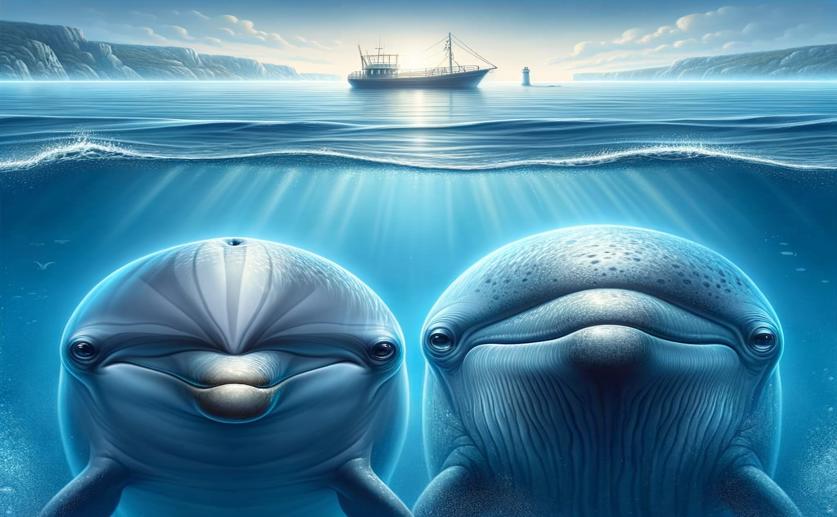
Dolphin and Whale Conservation Efforts Are Falling Short
Jim Crocker
26th March, 2024

Image Source: Natural Science News, 2024
Key Findings
- About 22% of small cetaceans, like dolphins and porpoises, risk extinction
- Small-scale fisheries pose a bigger threat to them than large-scale ones
- Current conservation research isn't focusing enough on the most urgent threats
References
Main Study
1) Management and research efforts are failing dolphins, porpoises, and other toothed whales.
Published 25th March, 2024
https://doi.org/10.1038/s41598-024-57811-7
Related Studies
2) Red-list status and extinction risk of the world's whales, dolphins, and porpoises.
3) Half a century of rising extinction risk of coral reef sharks and rays.
4) A global ecological signal of extinction risk in terrestrial vertebrates.



 25th March, 2024 | Jenn Hoskins
25th March, 2024 | Jenn Hoskins